Chocolate Cosmos: The Ultimate Companion Planting Guide
Chocolate Cosmos: The Ultimate Companion Planting Guide
Chocolate cosmos are a beautiful and versatile flower that can be grown in a variety of settings. They are easy to care for, and they attract a variety of beneficial insects, making them a great choice for pollinator gardens.
In this guide, we will discuss the benefits of companion planting with chocolate cosmos, and we will recommend some of the best companion plants for this flower. We will also provide some tips on how to grow and care for chocolate cosmos.
Benefits of Companion Planting with Chocolate Cosmos
There are many benefits to companion planting with chocolate cosmos. These flowers attract a variety of beneficial insects, including butterflies, bees, and ladybugs. These insects help to pollinate plants and control pests.
Chocolate cosmos also help to improve the soil quality. They release nitrogen into the soil, which helps other plants to grow. They also help to suppress weeds.
Best Companion Plants for Chocolate Cosmos
There are many different plants that can be companion planted with chocolate cosmos. Some of the best include:
- Bee balm: Bee balm is a great companion plant for chocolate cosmos because it attracts bees and butterflies. It also helps to improve the soil quality.
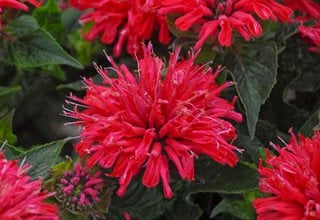
- Coneflower: Coneflower is another great companion plant for chocolate cosmos. It attracts bees and butterflies, and it helps to deter pests.
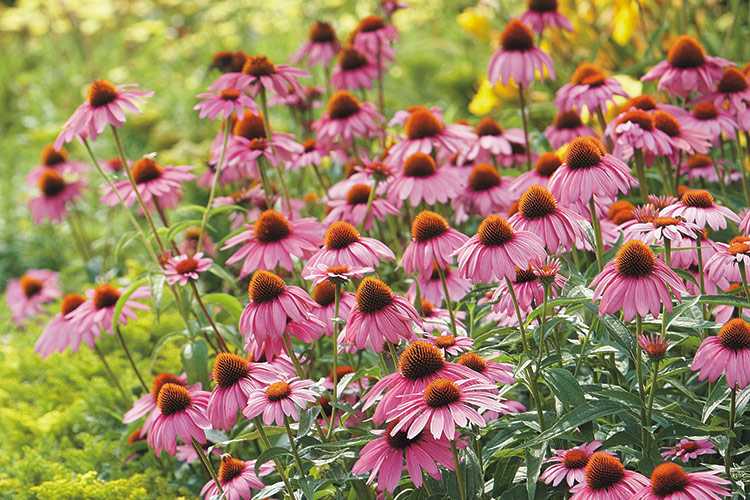
- Black-eyed Susan: Black-eyed Susan is a native wildflower that is a great companion plant for chocolate cosmos. It attracts bees and butterflies, and it helps to improve the soil quality.
- Calendula: Calendula is a flowering plant that is known for its medicinal properties. It is a great companion plant for chocolate cosmos because it helps to deter pests.

- Lavender: Lavender is a fragrant herb that is a great companion plant for chocolate cosmos. It helps to attract bees and butterflies, and it helps to deter pests.
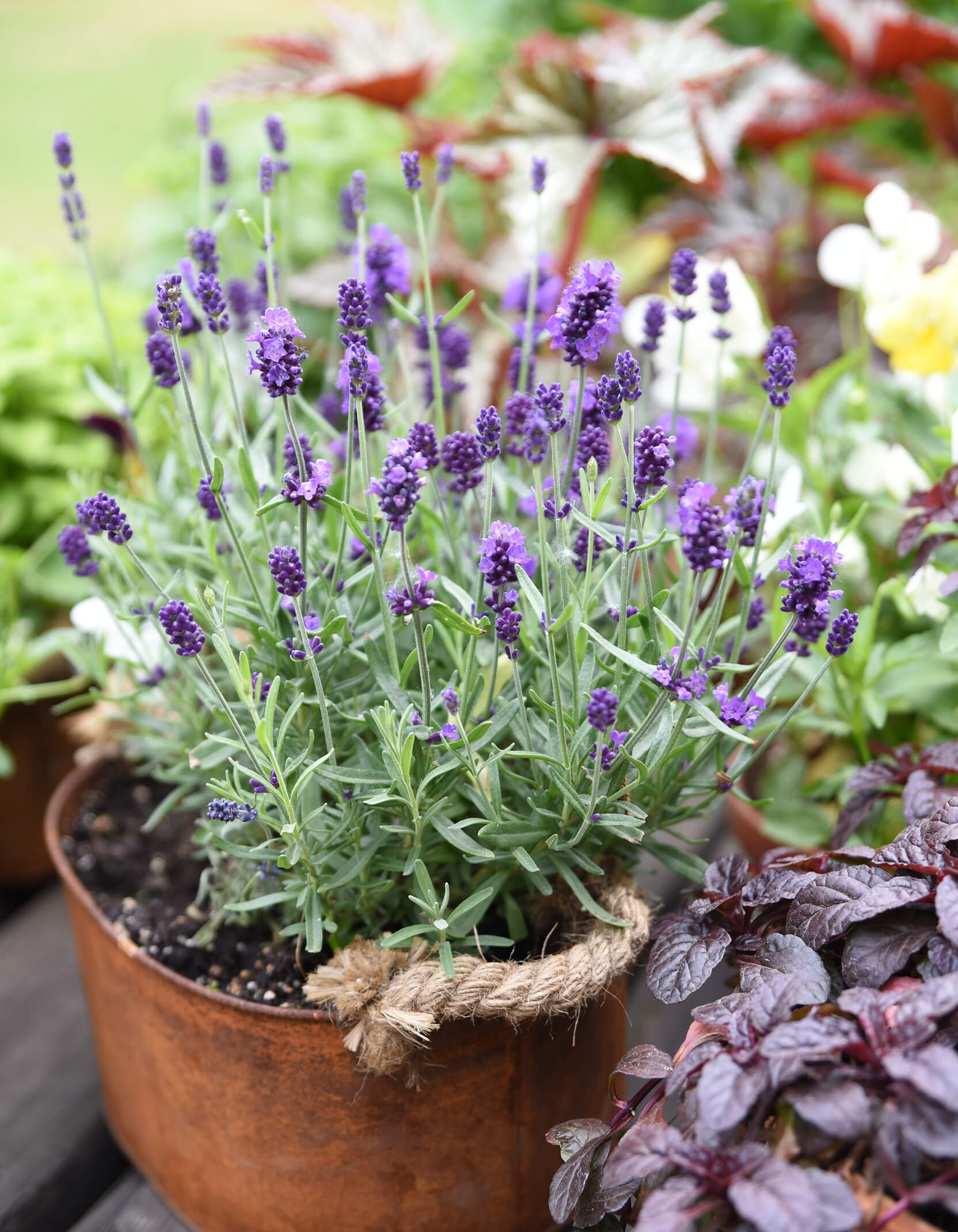
How to Grow and Care for Chocolate Cosmos
Chocolate cosmos are easy to grow and care for. They prefer full sun and well-drained soil. They do not need a lot of fertilizer, but they do benefit from regular watering.
To plant chocolate cosmos, sow the seeds directly in the ground in early spring. The seeds should germinate in about 1-2 weeks. Space the plants about 12-18 inches apart.
Chocolate cosmos will bloom from summer to fall. To encourage more blooms, deadhead the spent flowers regularly.
Conclusion
Chocolate cosmos are a beautiful and versatile flower that can be grown in a variety of settings. They are easy to care for, and they attract a variety of beneficial insects. If you are looking for a flower that is both attractive and beneficial to your garden, then chocolate cosmos are a great choice.
FAQ of chocolate cosmos companion planting
Q: What are some good companion plants for chocolate cosmos?
A: Chocolate cosmos are relatively easy to grow and can be companion planted with a variety of other plants. Some good companion plants include:
- Sunflowers: Sunflowers attract pollinators, which will help to pollinate your chocolate cosmos. They also help to shade the soil, which can help to keep it cooler and moist.
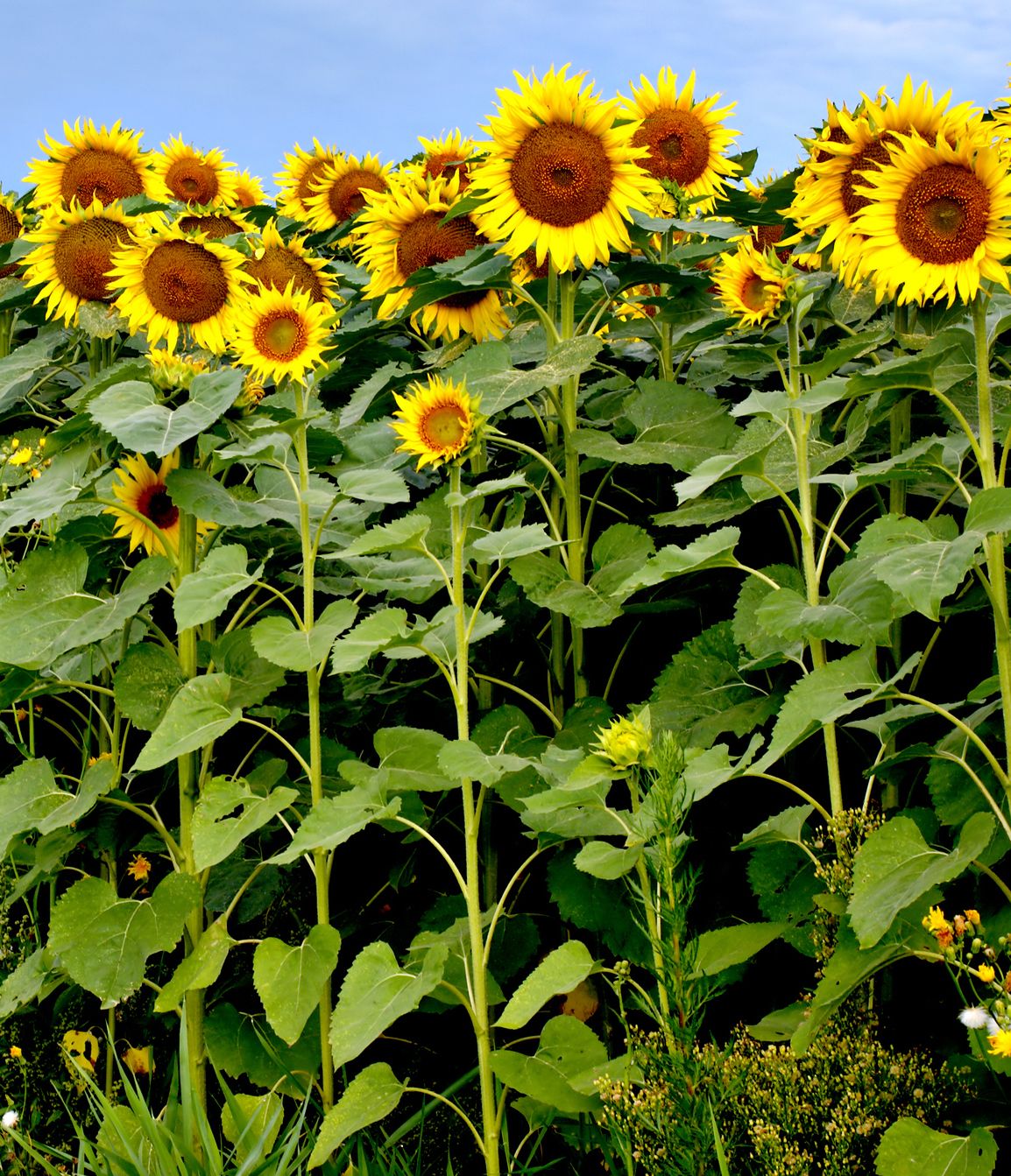
- Coneflowers: Coneflowers attract pollinators and help to deter pests. They also have similar water and soil requirements as chocolate cosmos.

- Marigolds: Marigolds help to repel pests, such as aphids and nematodes. They also have a similar height to chocolate cosmos, which can help to create a more visually appealing garden.

- Zinnias: Zinnias attract pollinators and help to deter pests. They also have a long bloom time, which can help to extend the flowering season of your chocolate cosmos.
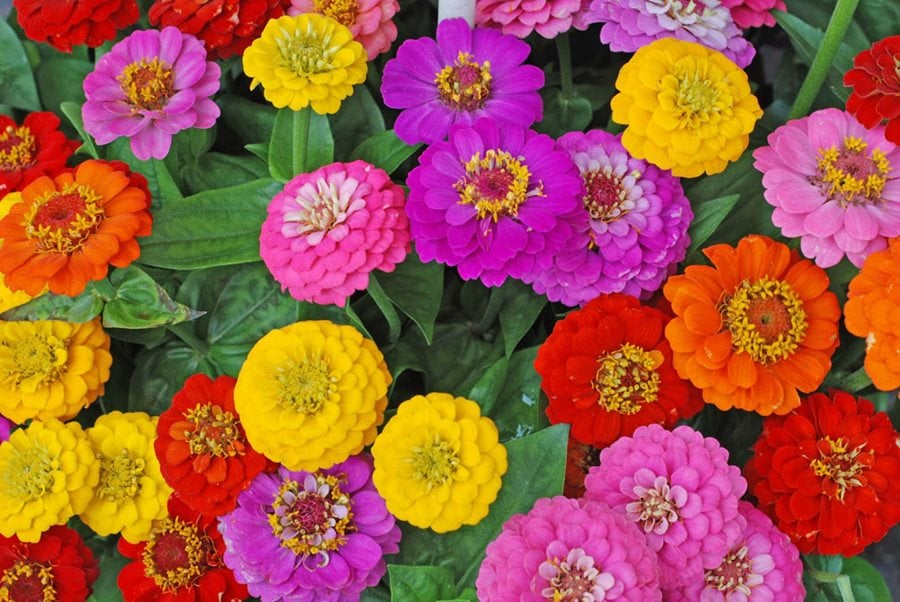
- Lavender: Lavender helps to repel pests and attract pollinators. It also has a pleasant fragrance that can make your garden more enjoyable.

Q: What are some plants that should not be planted near chocolate cosmos?
A: There are a few plants that should not be planted near chocolate cosmos, as they can compete for nutrients or water. These plants include:
- Peas: Peas can compete with chocolate cosmos for nitrogen.
- Cabbage: Cabbage can compete with chocolate cosmos for water and nutrients.

- Tomatoes: Tomatoes can attract the same pests as chocolate cosmos, such as aphids and nematodes.
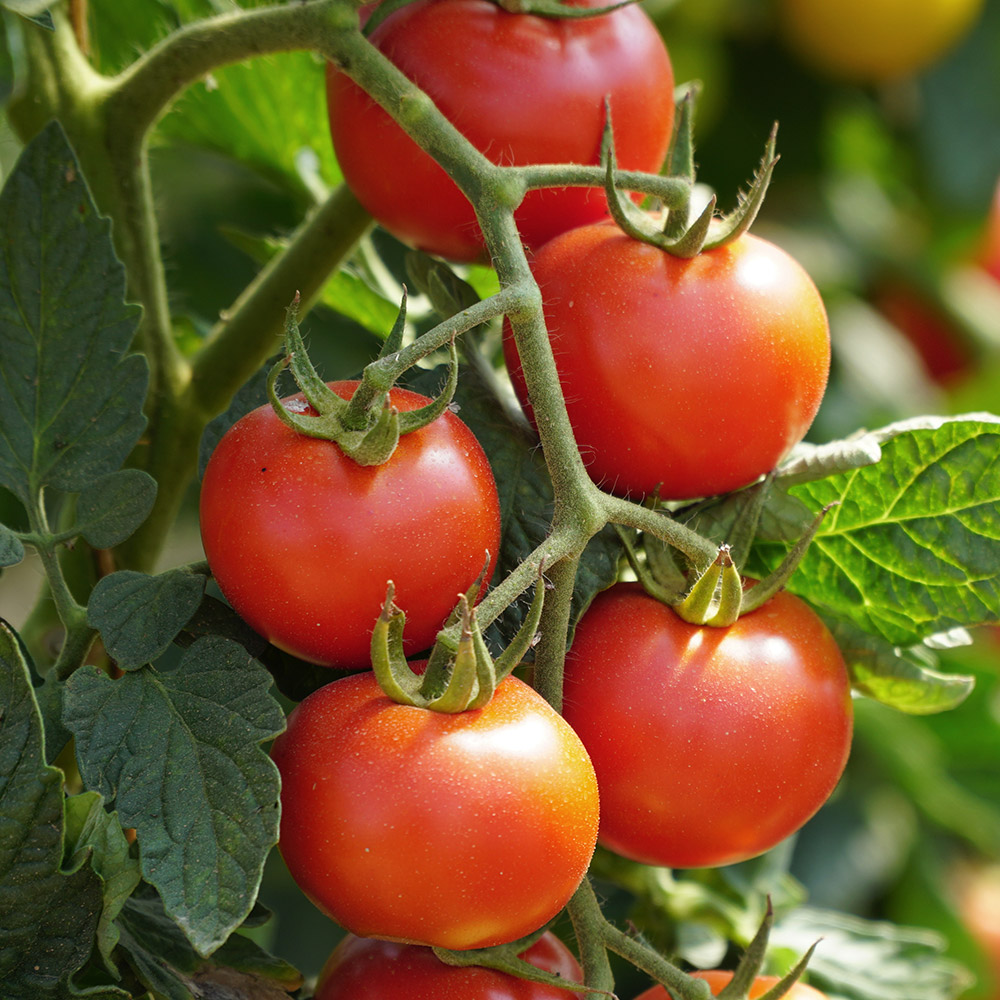
- Potatoes: Potatoes can spread a disease called potato blight, which can also affect chocolate cosmos.

Q: How do I plant chocolate cosmos with other plants?
A: When planting chocolate cosmos with other plants, it is important to consider the height, spread, and water requirements of each plant. For example, sunflowers and zinnias are both tall plants, so they should be planted in the back of the garden. Coneflowers and marigolds are both shorter plants, so they can be planted in the front of the garden. Lavender is a low-growing plant, so it can be planted in between taller plants.
It is also important to consider the spacing requirements of each plant. Chocolate cosmos should be spaced about 18 inches apart. Other plants may have different spacing requirements, so it is important to check the plant tag or care instructions.
Q: How do I care for chocolate cosmos companion planting?
A: Chocolate cosmos are relatively easy to care for. They need full sun and well-draining soil. They should be watered regularly, but they are tolerant of drought. Chocolate cosmos do not need to be fertilized often, but they may benefit from a light application of fertilizer in the spring.
Q: What are some pests and diseases that can affect chocolate cosmos?
A: Chocolate cosmos can be affected by a few pests and diseases, such as:
- Aphids: Aphids are small, soft-bodied insects that can suck the sap from plants. They can be controlled with insecticidal soap or neem oil.
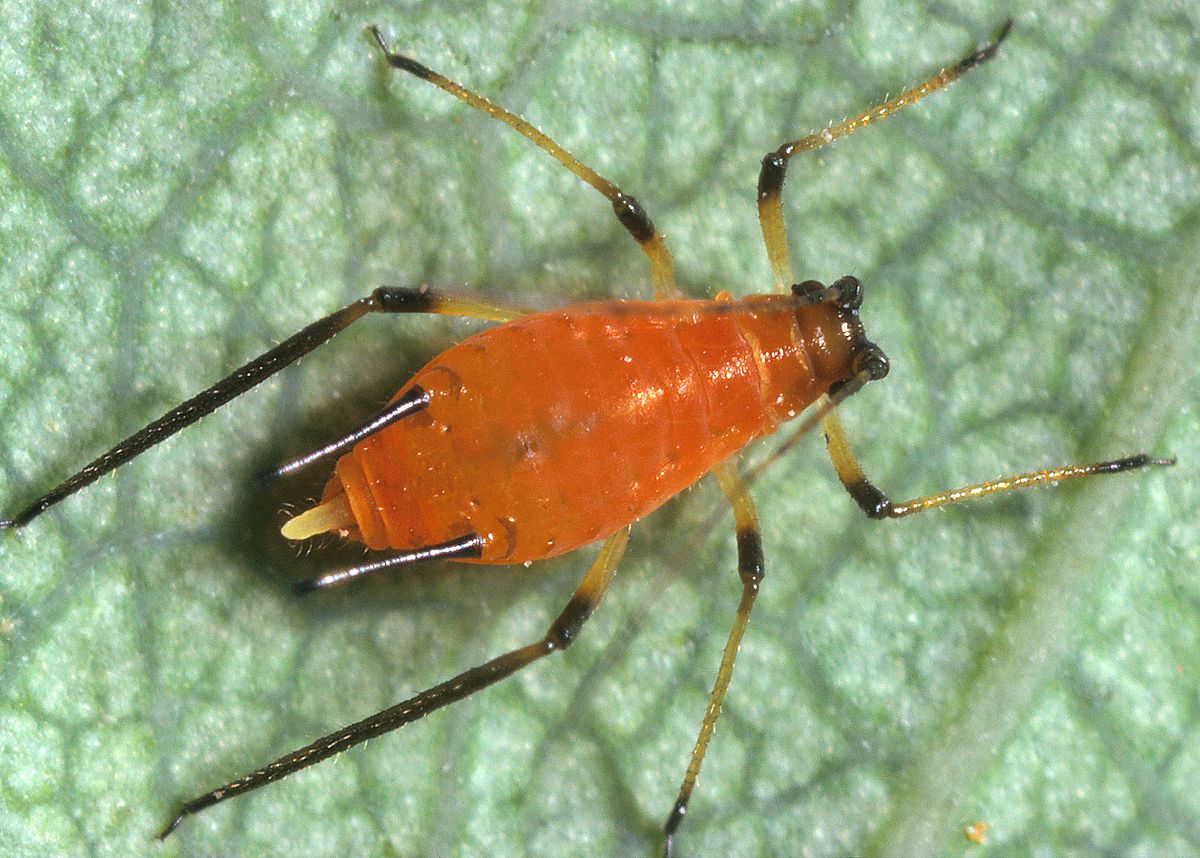
- Nematodes: Nematodes are microscopic worms that can damage the roots of plants. They can be controlled with a nematicide.
- Powdery mildew: Powdery mildew is a fungus that can cause white spots on the leaves of plants. It can be controlled with a fungicide.

Image of chocolate cosmos companion planting
- Image 1: A bed of chocolate cosmos with ornamental grasses, such as Stipa tenuissima or Agrostis nebulosa. The grasses add height and texture to the planting, and their airy blooms complement the chocolate cosmos flowers.
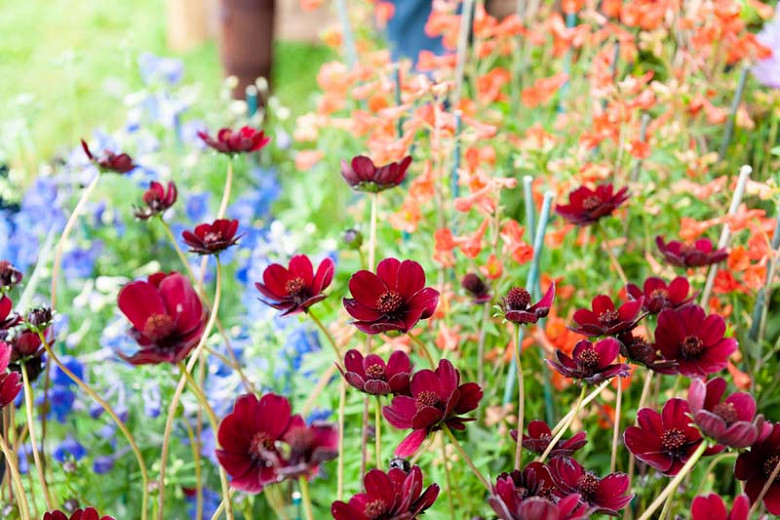
- Image 2: A border of chocolate cosmos with marigolds, cosmos bipinnatus, and calendula. The marigolds and cosmos bipinnatus add bright pops of color to the planting, while the calendula provides a touch of yellow.

- Image 3: A container garden of chocolate cosmos with bee balm, coneflower, and black-eyed Susan. These plants are all pollinator-friendly, so they will attract butterflies, bees, and other beneficial insects to your garden.
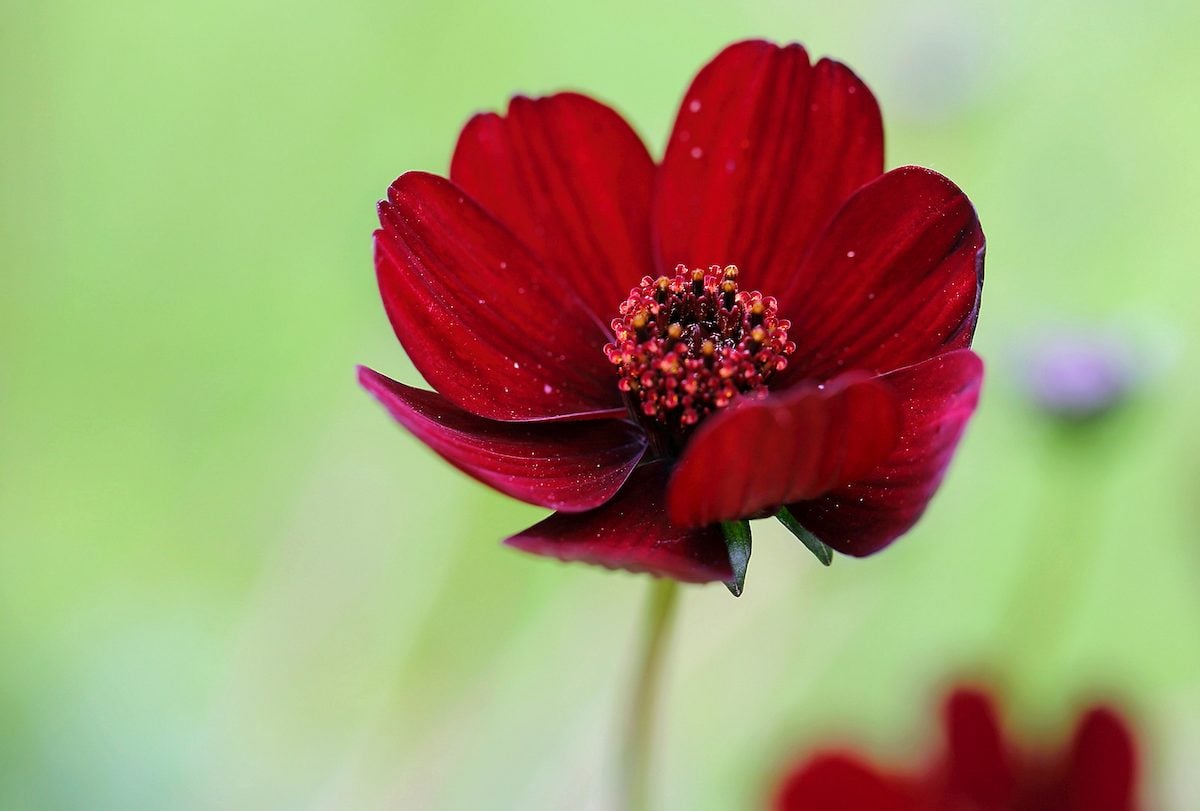
- Image 4: A meadow of chocolate cosmos with yarrow, echinacea, and lavender. These plants all have different textures and colors, which creates a visually interesting planting.

- Image 5: A cutting garden of chocolate cosmos with zinnias, dahlias, and sunflowers. These plants are all known for their long-lasting blooms, so they are perfect for cutting and bringing indoors.

Post a Comment for "Chocolate Cosmos: The Ultimate Companion Planting Guide"